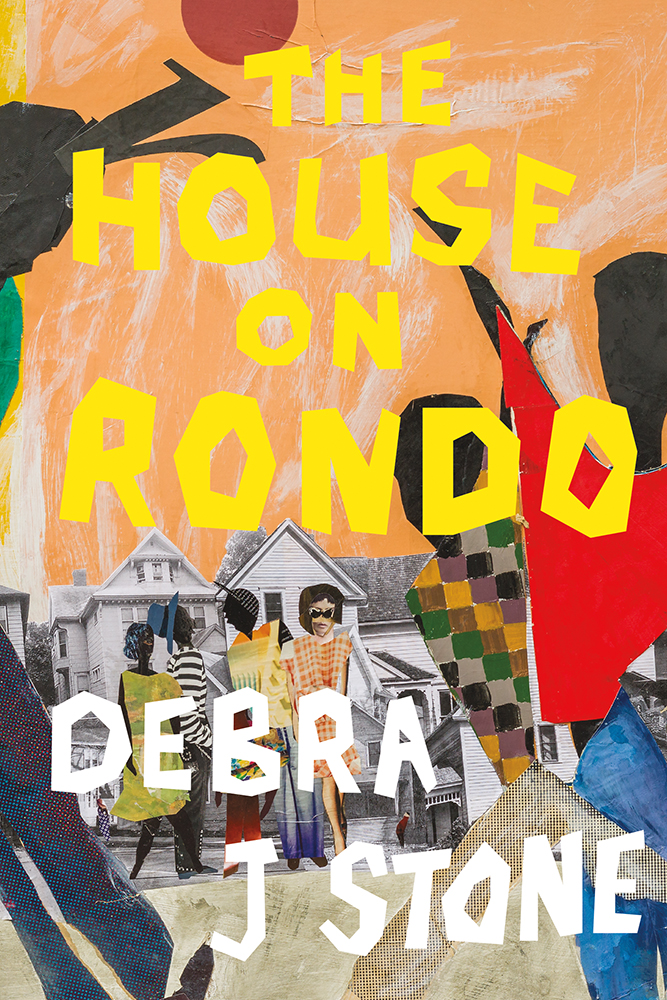By Terri Schlichenmeyer
You remember how the sun streamed through the window.
It lit up a dance of dust as you lay on a scratchy rug to watch the show, and you recall it. Every chink in the countertops, each squeaky floorboard, and the perfect-for-reading spot on the front step, the house you grew up in still stands in your memories and that’s a good thing: as in the new book “The House on Rondo” by Debra J. Stone, memories are all that’s left.
Thirteen-year-old Zenobia understood why Mama and Daddy were sending her and her brother and sister to St. Paul for the summer. Still, she begged to stay home and promised that she’d help Mama heal from her stroke, but Daddy was firm: Zenobia, Fannie, and Mookie would spend the summer with Grandma Essie and Grandpa Joe across the river from Minneapolis.
It was for the best.

A summer was a long time to be away from Minneapolis, but she’d be home soon. And in the meantime, Zenobia spent time in Grandma Essie’s kitchen, learning about her family and hearing stories from a long time ago, and Zenobia read lots of books. And she didn’t mean to, exactly, but she listened in on grown-up conversations.
It was 1963 and the interstate was coming through the neighborhood, taking up house after paid-for house and the residents along Rondo Avenue were angry and upset. And really, so was Zenobia. Where would everyone live? Where would they go? Would life be the same without Rondo Avenue?
Set in real-life cities with real-life events, “The House on Rondo” even sports photos of people and houses from the heyday of the Rondo Neighborhood in St. Paul. Yes, this book is fiction, but it’s also deeply based in fact.
While author Debra J. Stone gives lots of joy to her story, there’s also a keen mournfulness to what you’ll read, along with fear and uncertainty from a child’s viewpoint. Anger is an suitable emotion, too, especially when you know the background here. Even fictionalized, reading about the racism and loss of heritage in 1963 is like tasting something metallic and sour.
Curiously, you’ll likely find this book in the kids’ section of the library or bookstore, though there are some pretty grown-up concepts here, things that are authentic to life six decades ago but that may also nudge the appropriate age up a notch. Just beware.
At the very least, they make the book equally good for adults, too – and so don’t just leave this book out for your child. Pick it up yourself and read it, too. “The House on Rondo” opens a great window for discussion.




